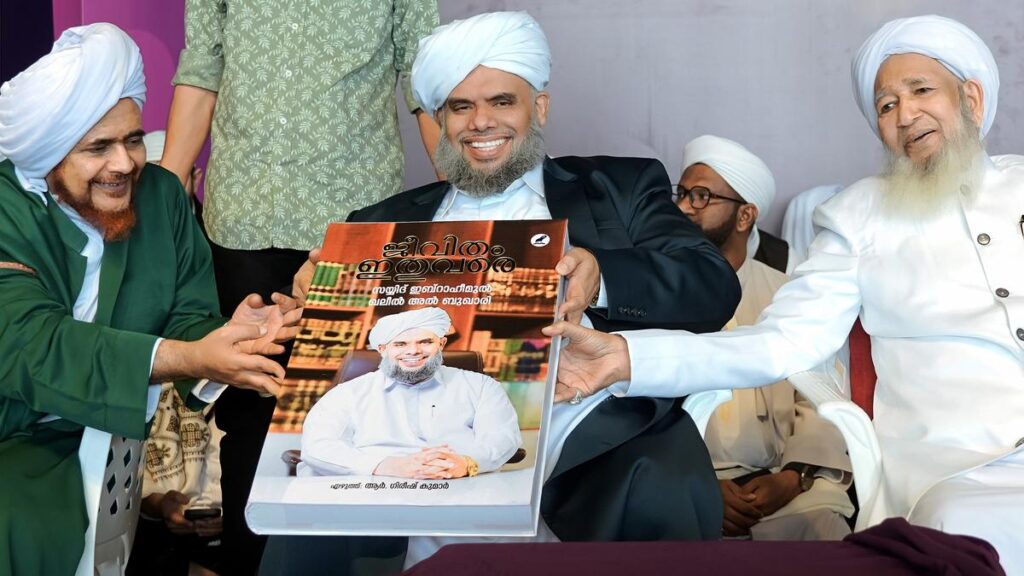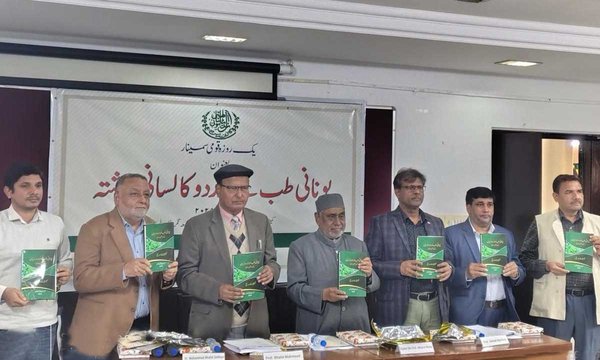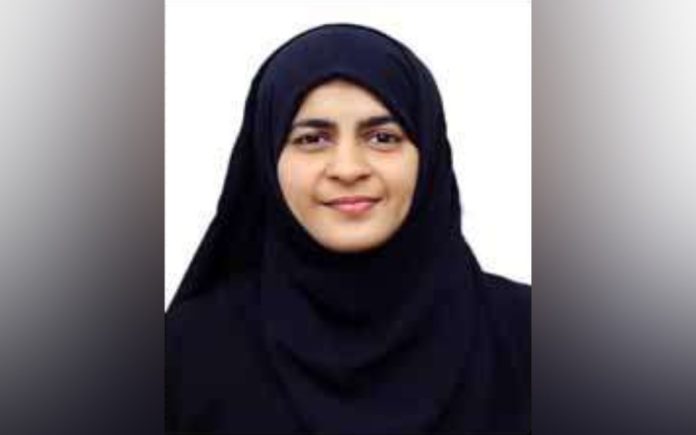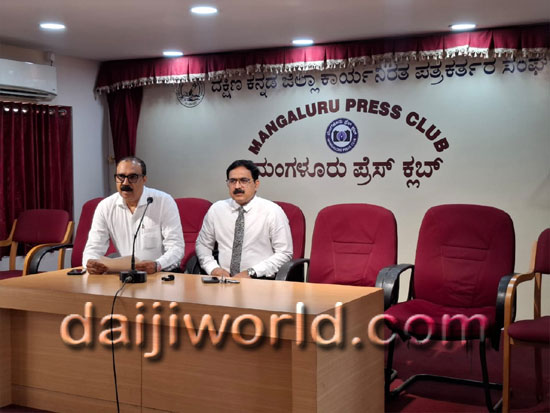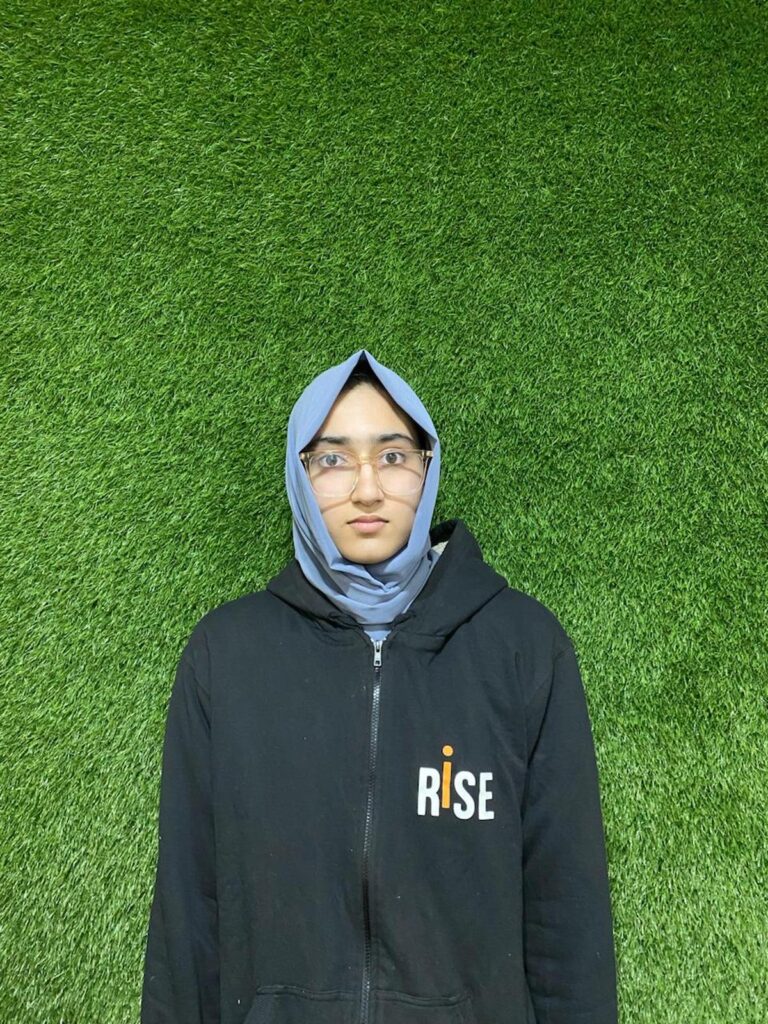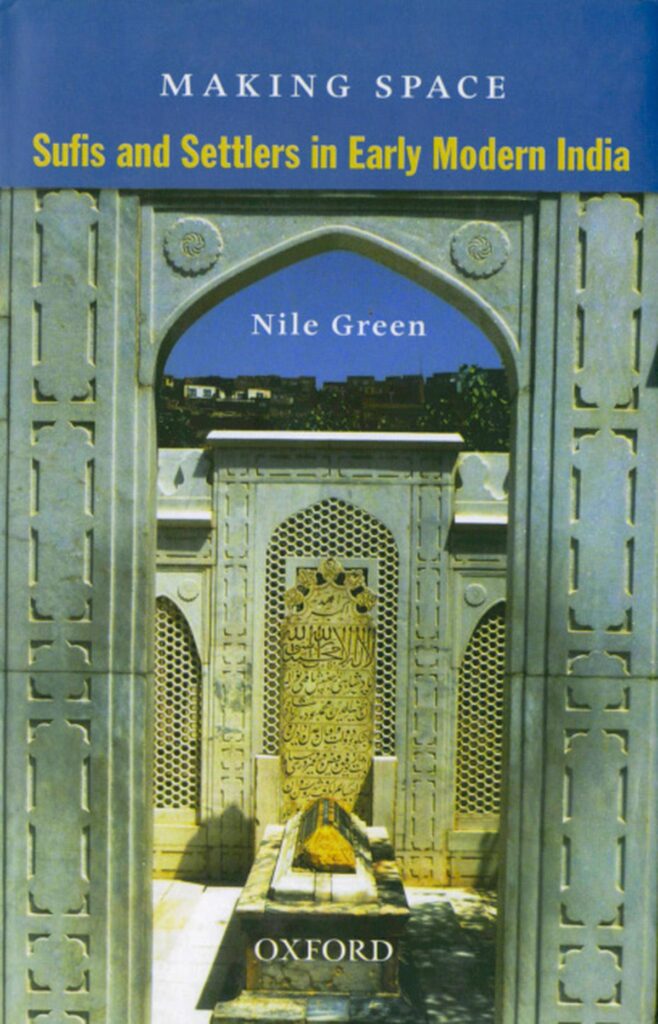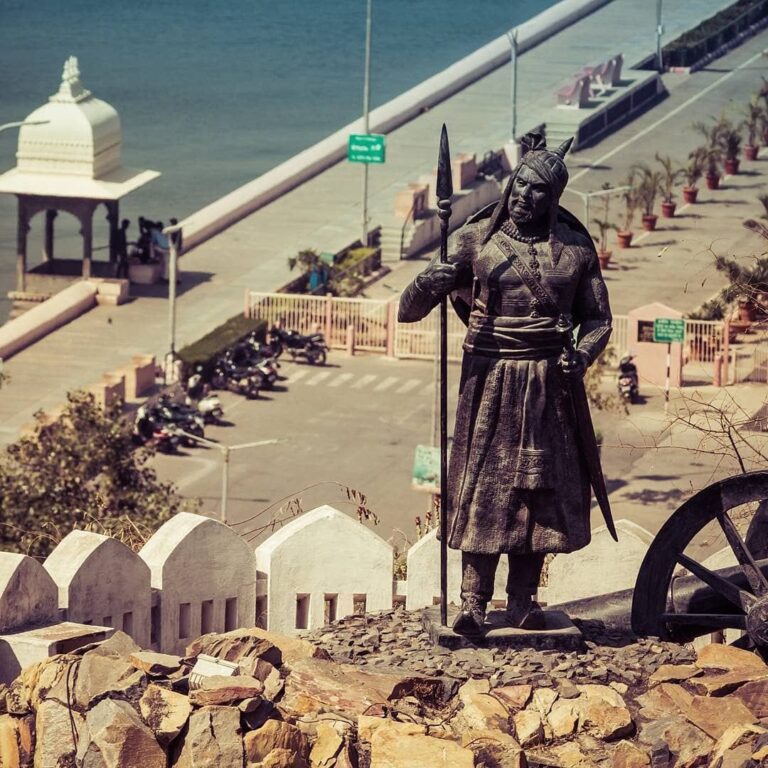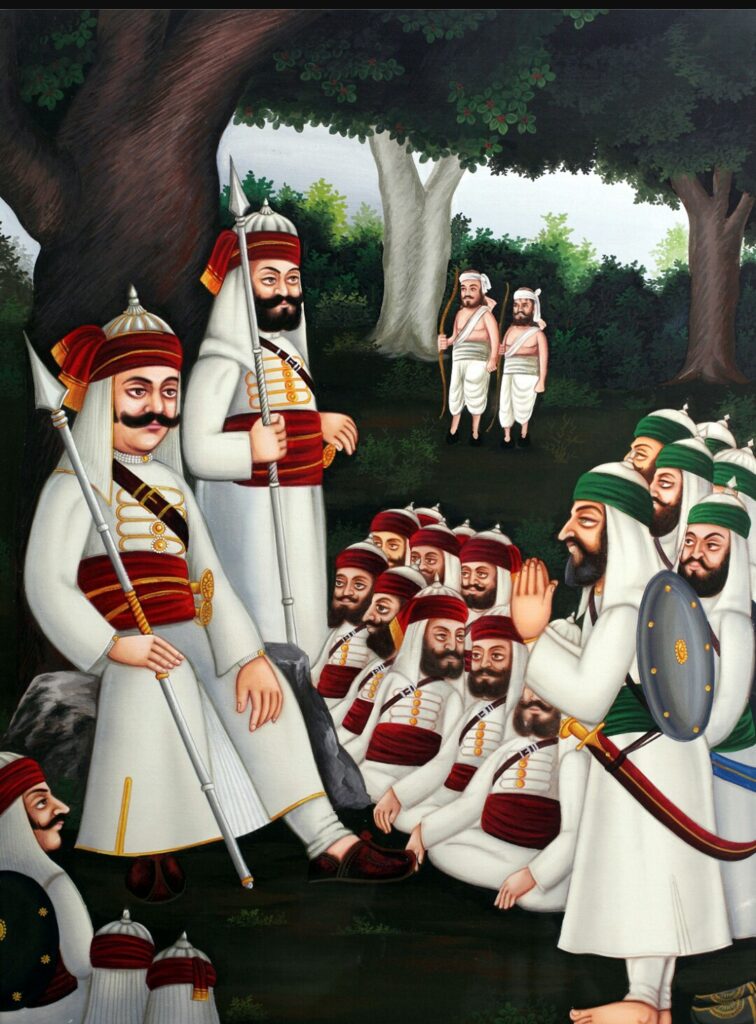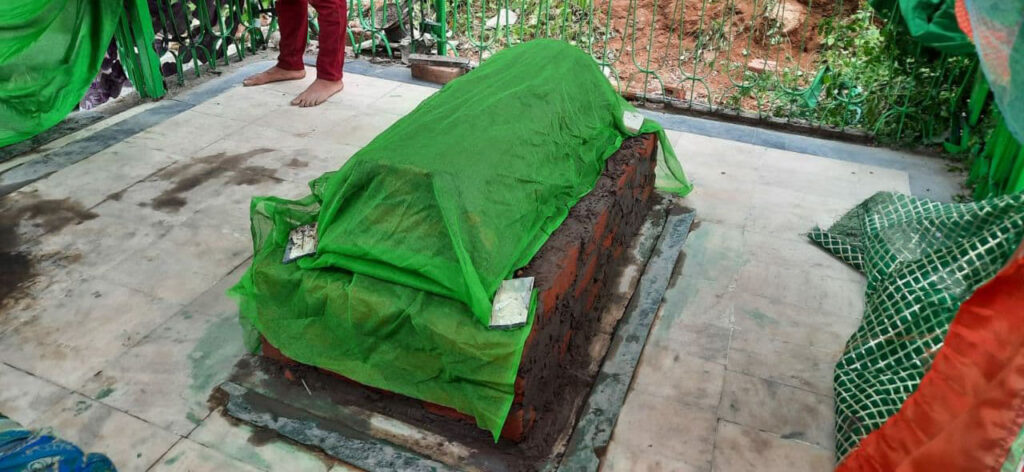Sribhumi (formerly Karimganj), (Barak Valley District) , ASSAM :
Government worker and volleyball player Mohammed Emad Uddin has brought hockey into lives of people in a border district in Assam, motivating children to hone their skills and go on to represent their state & nation in the sport, Prasanta Mazumdar writes.
Only five years ago, the residents of Sribhumi had little notion of hockey. And it would have remained that way, if not for the persistent efforts of a government employee who has sparked a ‘hockey revolution’ in the remote Barak Valley district in Assam, situated on the Bangladesh border.
Now, nearly 500 children across the region wield the stick as they take to the pitch, determined to hone their skills and elevate their game.
Mohammed Emad Uddin, an employee of National Health Mission (NHM) in Assam has made it his mission to spread the game to the nooks and crannies of Sribhumi, formerly known as Karimganj. A passionate advocate of hockey, Emad introduced locals to the fundamentals of the sport.
There is an interesting story behind the propagation of the sport in Sribhumi. A press club wanted to make its tenth anniversary celebration memorable. So, they approached Emad, a volleyball player and sports enthusiast.
“The Badarpur Press Club completed ten years in 2020 and wanted to celebrate the occasion in a unique way by organising a hockey tournament. The club members proposed that I constitute the ‘Karimganj XI’ team. Four teams – Cachar District Sports Association, Hailakandi District Sports Association, Badarpur Press Club and Karimganj XI took part in the tournament. While hockey has been played in Cachar and Hailakandi for long, nobody in Karimganj had played it before,” Emad says.
Sribhumi, Hailakandi and Cachar are the three districts of southern Assam’s Barak Valley. Bengalis, both Hindu and Muslim, constitute the majority in this region.

After the hockey tourney, Emad fell in love with the game. He not only started playing, he also began promoting the sport. He moved around from one place to another within the district, motivating children to play the game.
He visited a number of schools in the area to convince teachers to include hockey in their sports disciplines. Many schools responded positively. Soon, Karimganj Hockey Association was formed, followed by its affiliation with Assam Hockey in 2021. Sahirul Islam Bokul was its founder president.
“An estimated 500 school and college students now play the game in our district. Around 100 of them play it regularly. Most of them are from an academy named Bright Future Institute. It earlier had several sports disciplines but not hockey. We introduced it here,” Emad says, a glint in his eyes.
Some time ago, three hockey players from the Sribhumi district underwent a 14-day training in Guwahati where players were being selected for the state team. Three others from the district also underwent an umpire training course in Nagaon to broaden their horizon.
“Recently, our players took part in a tournament in Charaideo. They also play in inter-district events,” says the NHM employee who once led the district team at a tournament in Cachar.
On January 12 last year, Karimganj Hockey Association organised a tournament with children from seven schools in Malua area of the district. Recalling the event, Emad says there was much enthusiasm among locals.
“Various schools are associated with us. We coach their children when they practice at their school grounds. Sometimes, we hire coaches to impart training. The schoolchildren in our district have developed a keen interest in hockey but we cannot give them as much time as we want as they are often required to sit for their exams. We also have a girls’ team but it is as active as the boys,” Emad says, lamenting the challenges that impede his mission.
In the absence of sponsors, he and members of the Karimganj Hockey Association contribute regularly to ensure that the ‘hockey wave’ continues in the district. Sometimes, help comes from friends and well-wishers. Once, Assam Hockey provided them with some kits.
“We need a dedicated hockey ground. Assam Hockey secretary Tapan Das once visited Sribhumi. He was happy to see the hockey craze,” Emad says.
“We are getting a good response from schools and parents. However, its hasn’t been easy. In a region where there is much greater enthusiasm over cricket, people feel hockey does not have a future. So, teachers and parents were not totally convinced initially. It took an effort to make them believe hockey, too, has a future,” Emad says.
He further says, he and his friends, Salim Ahmed and Taz Uddin, from Karimganj Hockey Association, gained a lot of experience by watching live matches of the 2023 Men’s FIH Hockey World Cup in Odisha.
Emad has been also instrumental in introducing sepak takraw (foot volleyball) in the district but his focus remains hockey. “It feels good when you can do something for children. My goal is to make sure hockey players from our district represent Assam and India someday and make us proud,” he says.
source: http://www.newindianexpress.com / The New Indian Express / Home> Good News / by Prasanta Mazumdar / February 16th, 2025
